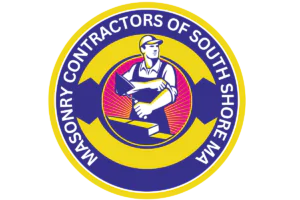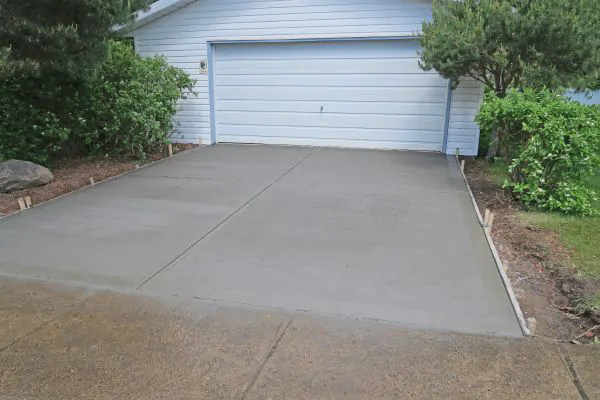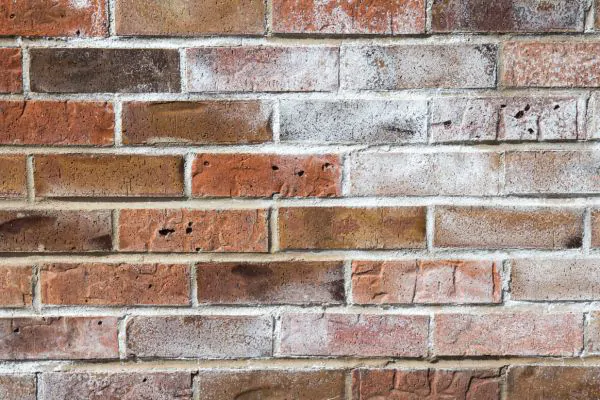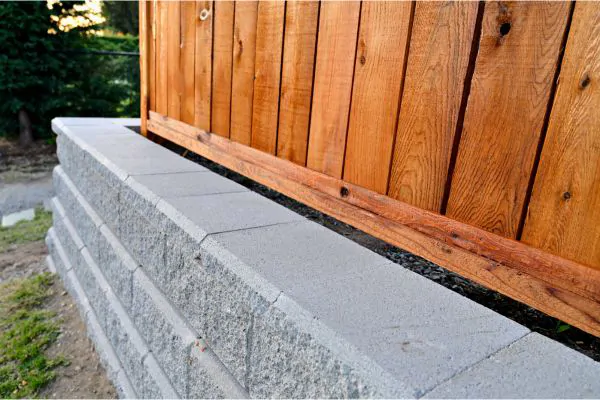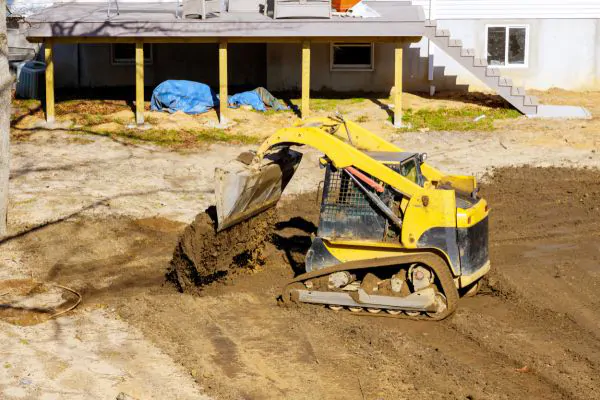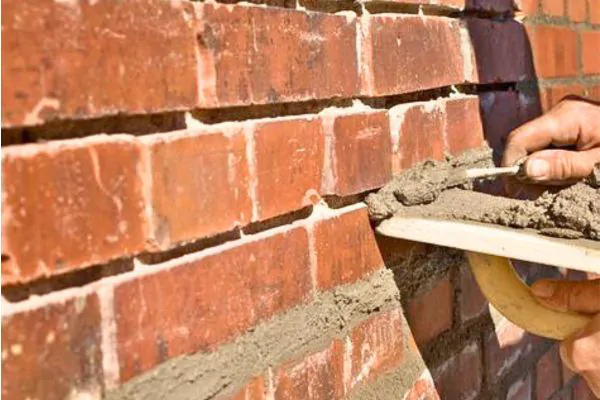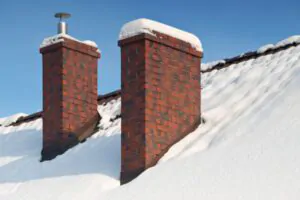
Masonry chimneys are most vulnerable to water damage. There is, however, one thing that makes it even more destructive: cold weather! While your masonry walls, steps, and chimney are built to last a lifetime, the harsh winter cold can be unforgiving. And, if you don’t have them inspected periodically for cracking, spalling, bowing, sweeping, and leaning, repair may not even be enough to reverse the damage.
The Freeze-Thaw Cycle
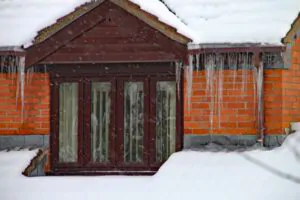
The freeze-thaw cycle is a natural process when water freezes and melts repeatedly. This process is most common in colder climates where temperatures fluctuate above and below freezing.
Since masonry materials are naturally porous, the freeze-thaw cycle can significantly impact home masonries, such as brick or stone walls, chimneys, and steps. This means they absorb water every time it rains or snows. Whenever the temperature falls below freezing, any moisture inside the bricks and mortar joints freezes and expands.
When the weather warms back up, the water thaws. The force of the water thawing out can be so strong that it causes the bricks and mortar joints to crack and break apart. Repeated freezing and thawing cycles over the winter can lead to severe structural damage, even to the collapse of the chimney, if the damage is not repaired.
Types of Damages on Home Masonry During Winter
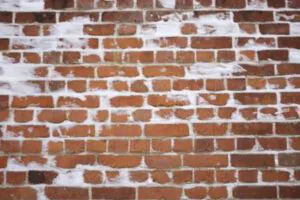
When winter rolls around, the freeze-thaw cycle can wreak havoc on home masonry, causing different types of damage. Here are some of the most common types of damages that you might encounter:
1. Scaling
Scaling occurs when delicate layers of exterior concrete pieces start to flake off. These peels look like small chips and are usually thinner than a sheet of paper. Light scaling shows minor patches of flakes on the flatwork piece. Eventually, these peels can penetrate deeper into the concrete, revealing fine and coarse piles.
Scaling usually happens when concrete is subject to freezing temperatures, significant amounts of moisture, and the freeze-thaw cycle. Additionally, scaling problems can only improve if property owners use the right de-icing chemicals.
2. Spalling
Spalling is another usual concrete issue that appears during the winter season. It happens when the cracked areas of the flatwork pieces have exfoliated from the substrate. The problem is generally caused by rebar corrosion when steel materials have been substantially exposed to moisture and the freeze-thaw cycle.
Simultaneously, when steel corrodes, it can swell and fill a higher volume than it initially did. The pressure from expansion can lead to concrete delamination and spalling. If your concrete is spalling, you should attend to it immediately.
When you leave your concrete in this deteriorative state, the value of your property could decrease as the damage becomes widespread. Additionally, customers likely stay away from potentially hazardous establishments.
3. Cracking
In the winter, poorly designed or poorly mixed concrete increases the risk of cracking. After the snow falls, melts, and becomes water, the concrete absorbs the water and refreezes when exposed to low temperatures.
Ice forming within the slab causes internal tensile pressure, leading to cracks. You should also not salt your concrete as it might worsen the problem. Salt turns to water, which repeats the freeze-thaw cycle.
4. Discoloration
Discoloration is another common issue that can occur in your home masonry during winter due to the freeze-thaw cycle. At first glance, discoloration may not seem like a big deal, but it can actually indicate a more serious problem for homeowners.
Discoloration can be caused by water infiltration into the masonry, which can lead to staining and discoloration on the surface. A home with this kind of condition can be unsightly and detract from its appearance. But more importantly, it can also signify a more serious problem with your home’s masonry.
5. Leaning or Tilting
Leaning or tilting can occur when the foundation of the home shifts or settles due to changes in the soil caused by freezing and thawing. This can cause the home’s walls to tilt or lean, which can be a sign of serious structural damage. If left unaddressed, leaning or tilting can lead to major problems, including:
● Collapsed walls
● Cracked foundation
● Unstable structure
Protect Your Home’s Masonry with Our Brickwork Professionals in South Shore, MA
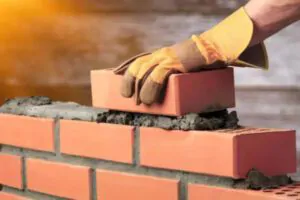
If you live on the South Shore or in Quincy, Massachusetts, Masonry Contractors of South Shore, MA, is the one for your masonry repair and restoration needs. We provide top-notch brick-and-mortar repair services for both residential and commercial buildings.
Our services include masonry repair and restoration, and they provide professional assistance with a wide range of repairs for masonry structures and flatwork. Whether you need help filling in holes and cracks in your mortar or require the complete restoration of crumbling stonewall, our team of experienced masons will find a solution that fits your needs.
At Masonry Contractors of South Shore MA, we provide professional design and construction services to assist clients looking for quality masonry work at an affordable cost. Contact us when it’s convenient for you, and we’ll gladly help!
